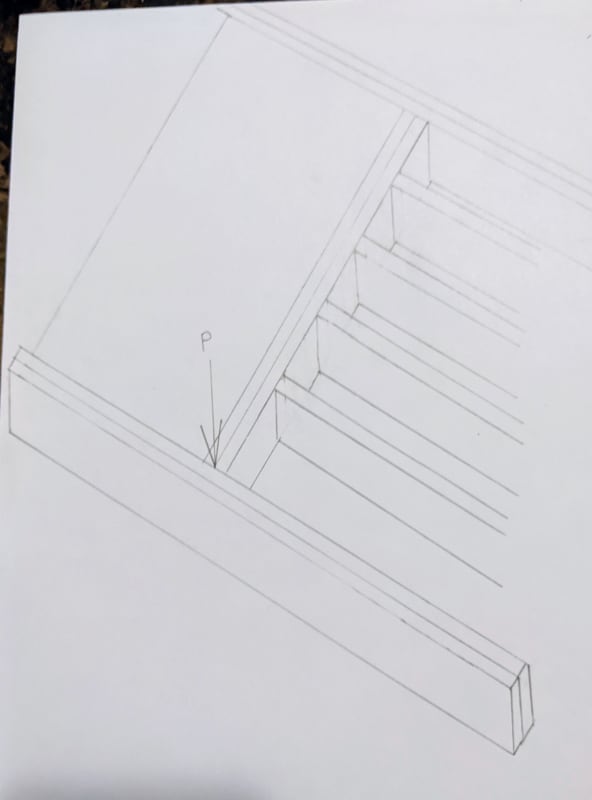Hey folks,
I have an old house, single header and trimmers around the stair opening, the age is beginning to show. I considered sistering the joists and reviewed a few previous posts on this site regarding that topic. Given that NDS doesn't have provisions for sistering and the existing cross section of the joists are no longer available, I'm leaning towards temp framing beneath the tail joists and new double headers and trimmers. That said, the original question comes full circle. Even with consistent EI values, how is a connection developed with double trimmers and headers in modern construction? It seems that these doubles are nailed together without thought, and no guarantee the inner trimmer is sharing the header load with the outer trimmer.
I have an old house, single header and trimmers around the stair opening, the age is beginning to show. I considered sistering the joists and reviewed a few previous posts on this site regarding that topic. Given that NDS doesn't have provisions for sistering and the existing cross section of the joists are no longer available, I'm leaning towards temp framing beneath the tail joists and new double headers and trimmers. That said, the original question comes full circle. Even with consistent EI values, how is a connection developed with double trimmers and headers in modern construction? It seems that these doubles are nailed together without thought, and no guarantee the inner trimmer is sharing the header load with the outer trimmer.


